The island of Fetlar, just five miles by two and a half miles wide, has 31 miles of explorable coastline, including 7 miles around Funzie Ness. Boasting more natural arches per mile than any other island in Shetland, there’s a dramatic scene around every corner.
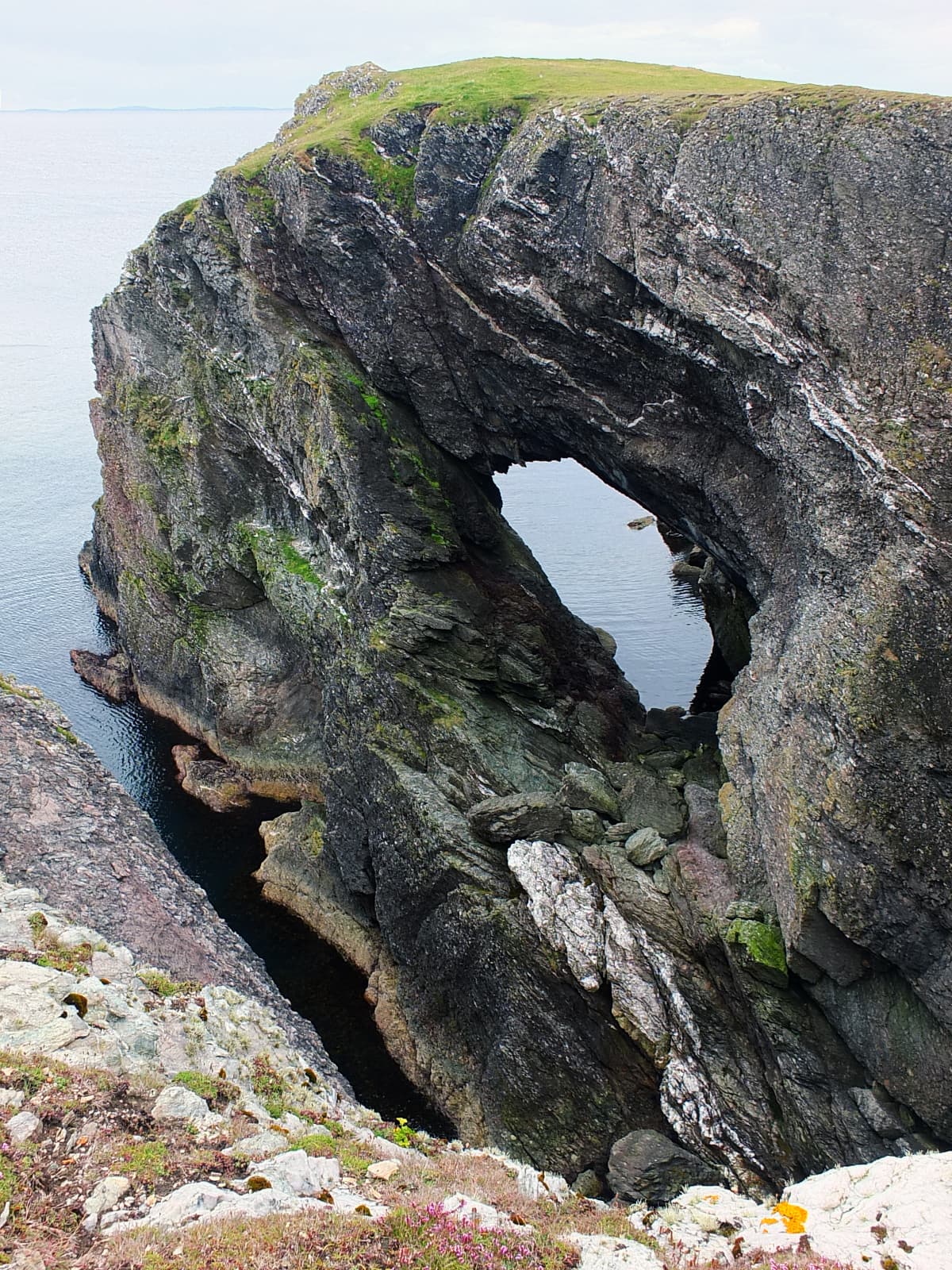
Table of Contents[Hide][Show]
Fetlar, the Garden of Shetland
Fetlar, which means ‘fertile island’ or ‘fat land’, has been nicknamed the Garden of Shetland because of its abundance of green, fertile soil with very little peat. The north of the island is primarily heath, which supports a wide variety of wildflowers and birds.
It’s a rambler’s paradise and an ideal location if you are craving solitude.
I spent a long weekend there, last summer, staying in the Aithbank Camping Böd, a traditional stone croft house c. 1770-1780 once home to a legendary local storyteller James J. Laurenson (Jamesie).
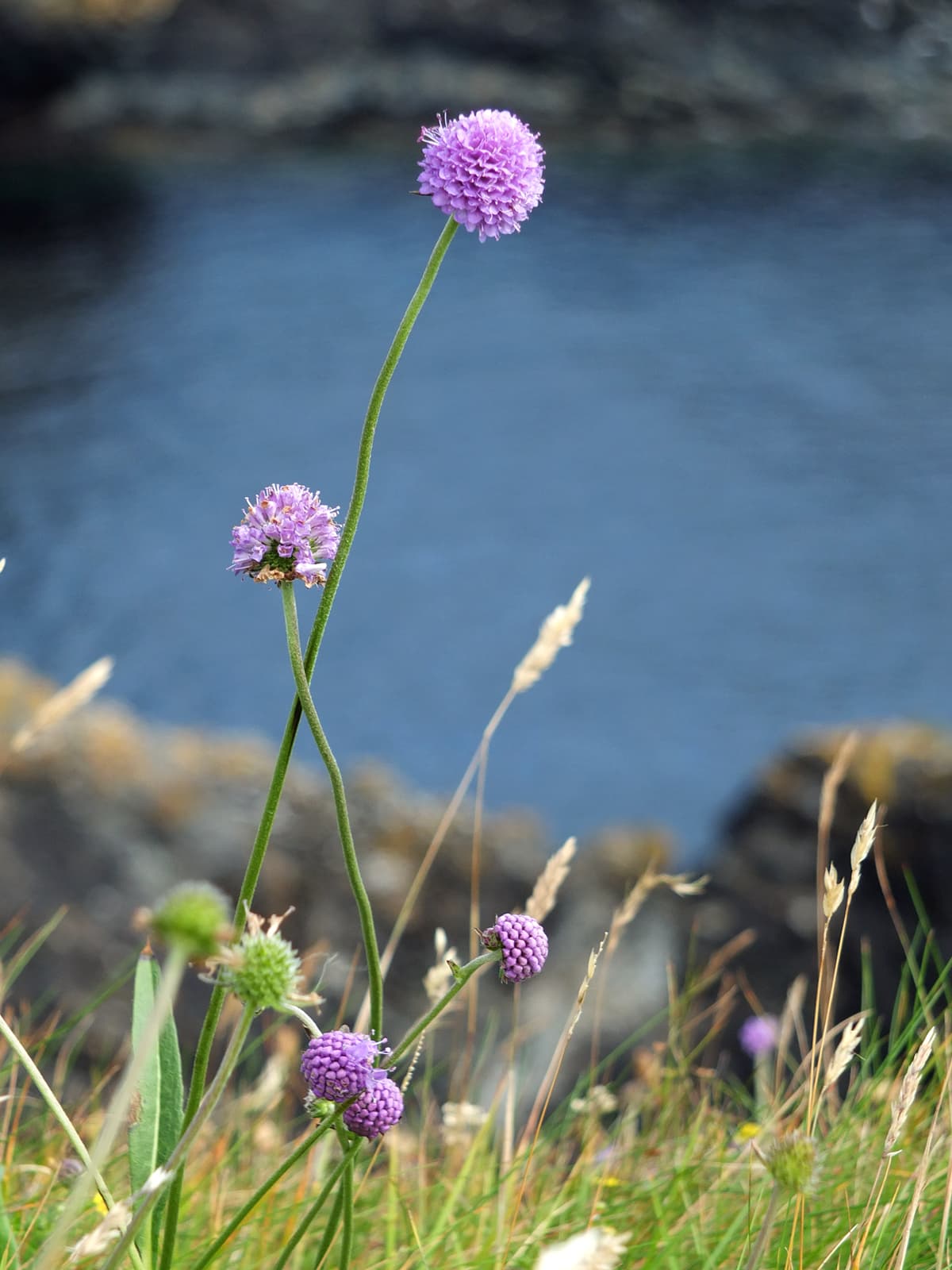
Where is Fetlar, Shetland?
Fetlar is the fourth largest island of Shetland’s 100-island archipelago. It is located south of the Island of Unst, Britain’s most northerly inhabited island, and East of the Island of Yell.
To get there, you need to take two (or three, depending on the timetable) interisland ferries. Don’t even try to decipher the ferry timetable code though, just ring them to book.
Trust me, it’s easier.
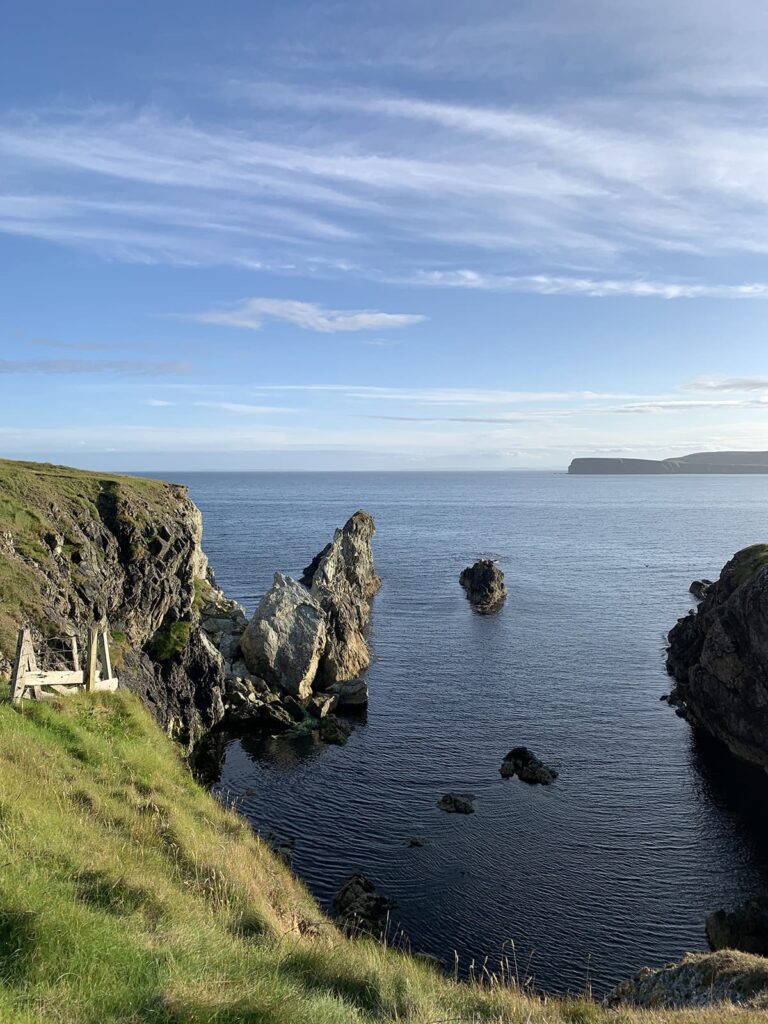
Hike Shetland – Walk #2 Funzie Ness, Fetlar
Funzie Ness (pronounced ‘finnie’) is located at the southeastern end of Fetlar. It’s an ideal circular walk if you’re staying at the Aithbank Camping Böd, located on the left-hand corner of the map route pictured below.
Straightaway, once you’ve left the front door of the croft house, you’ll be on the trail. From there, follow the easy-to-walk coastline, a tundra-like landscape carpeted in low grass and miniature wildflowers, and head southeast towards the headland.
Ness (n): Old Norse for headland.
Shetland Amenity Trust – Place-name of the week: Nesses
You’ll see natural arches, cliffs, the tiniest wildflowers, a wide variety of birds including eider ducks, arctic terns, shags, cormorants, and, if you are lucky, an otter or a cetacean or two.
Watch out for Longriva, a very narrow cleft about 600 feet long with a rather long drop down into the sea. The cleft is fenced off, but do take care around this area.
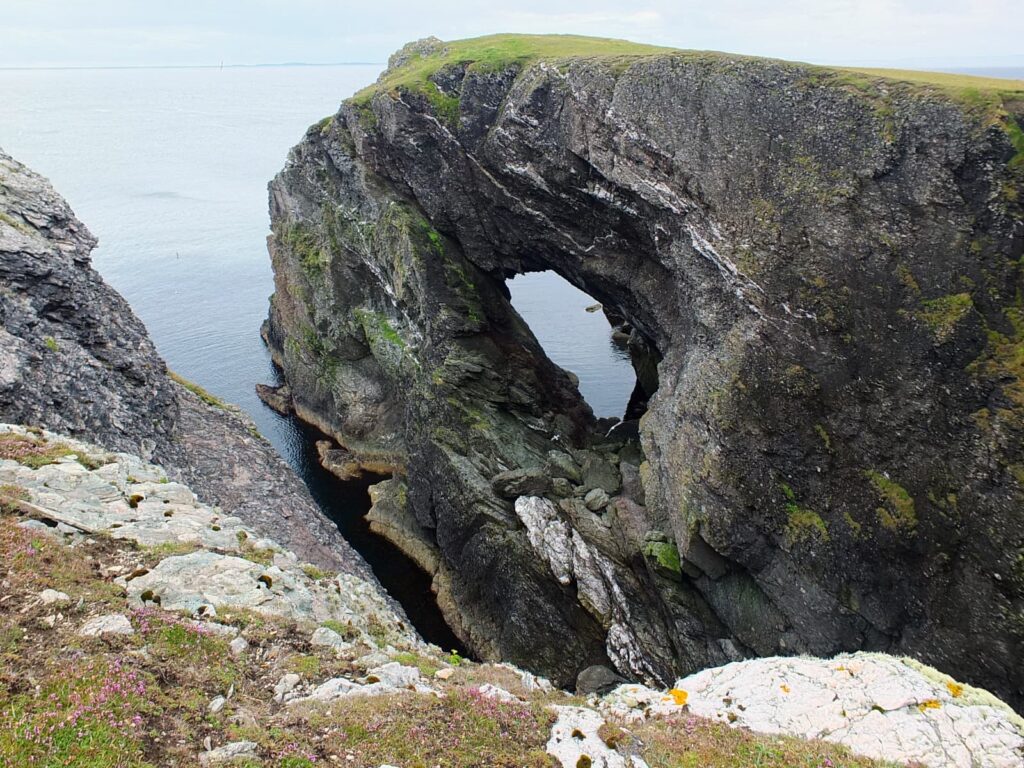
From here, continue along the coastline to the Snap, which incorporates one of Fetlar’s most dramatic natural arches.
Here, the haunting sound of a seal oobing rose from the depths, amplified by the cliffs on either side. It was the eeriest sound.
Oob (v): Shetland dialect – to moan, to wail
The Shetland Dictionary by John J. Graham
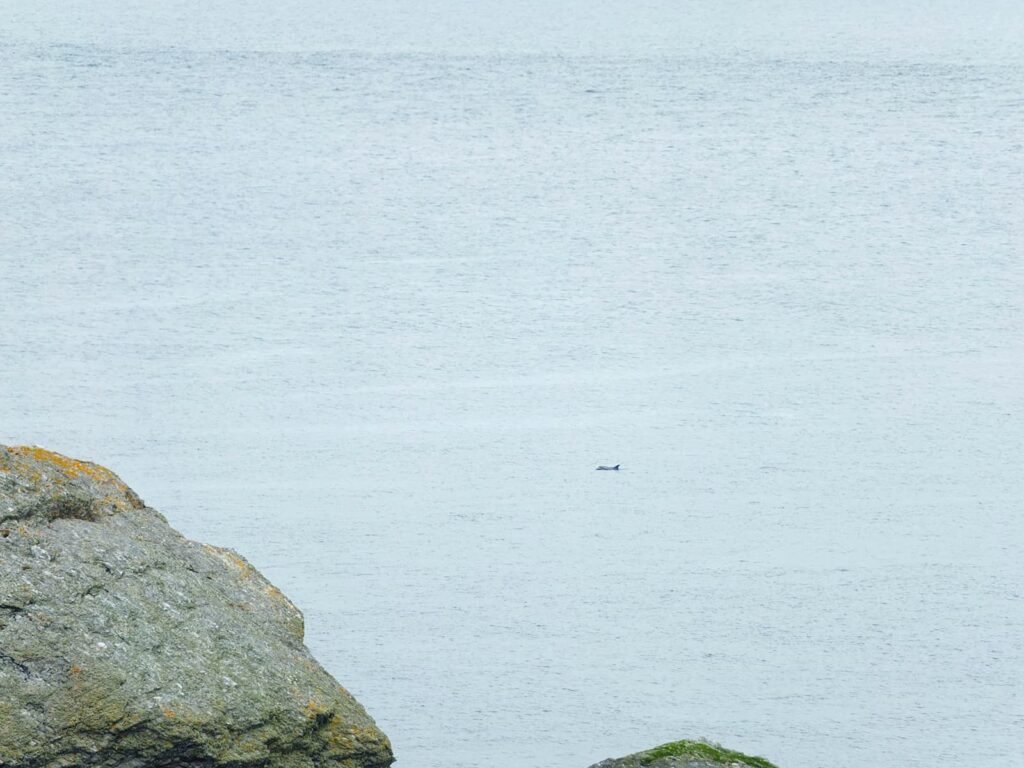
To my delight, and, the most exciting thing to happen on this solitary ramble, was the sighting of a white-sided dolphin as I first glimpsed the North Sea on the northern side of the Snap. It was an unexpected reward after being chased away from the shingly point by a flock of irate arctic terns.
I kept pace with the dolphin all the way along the coastline to Funzie Bay.
Similarly, it was around this location, several years ago, that I saw my first minke whale. It was silently and majestically, almost in slow-motion, skimming the divide between sea and air.
From here, carry on following the low clifftops until you reach the beach.
The Funzie Conglomerates
On the eastern side of the beach at Funzie Bay, is the presence of the Funzie conglomerates, a very large body of deformed metaconglomerate of pre-Middle Old Red Sandstone age. The Funzie conglomerates are elongated and flattened pebbles in a subgraywacke matrix; squashed rocks, if that’s your thing.
From the beach you can follow the single-track road back to Aithbank, stopping off at the RSPB reserve if you fancy a bit of bird watching.
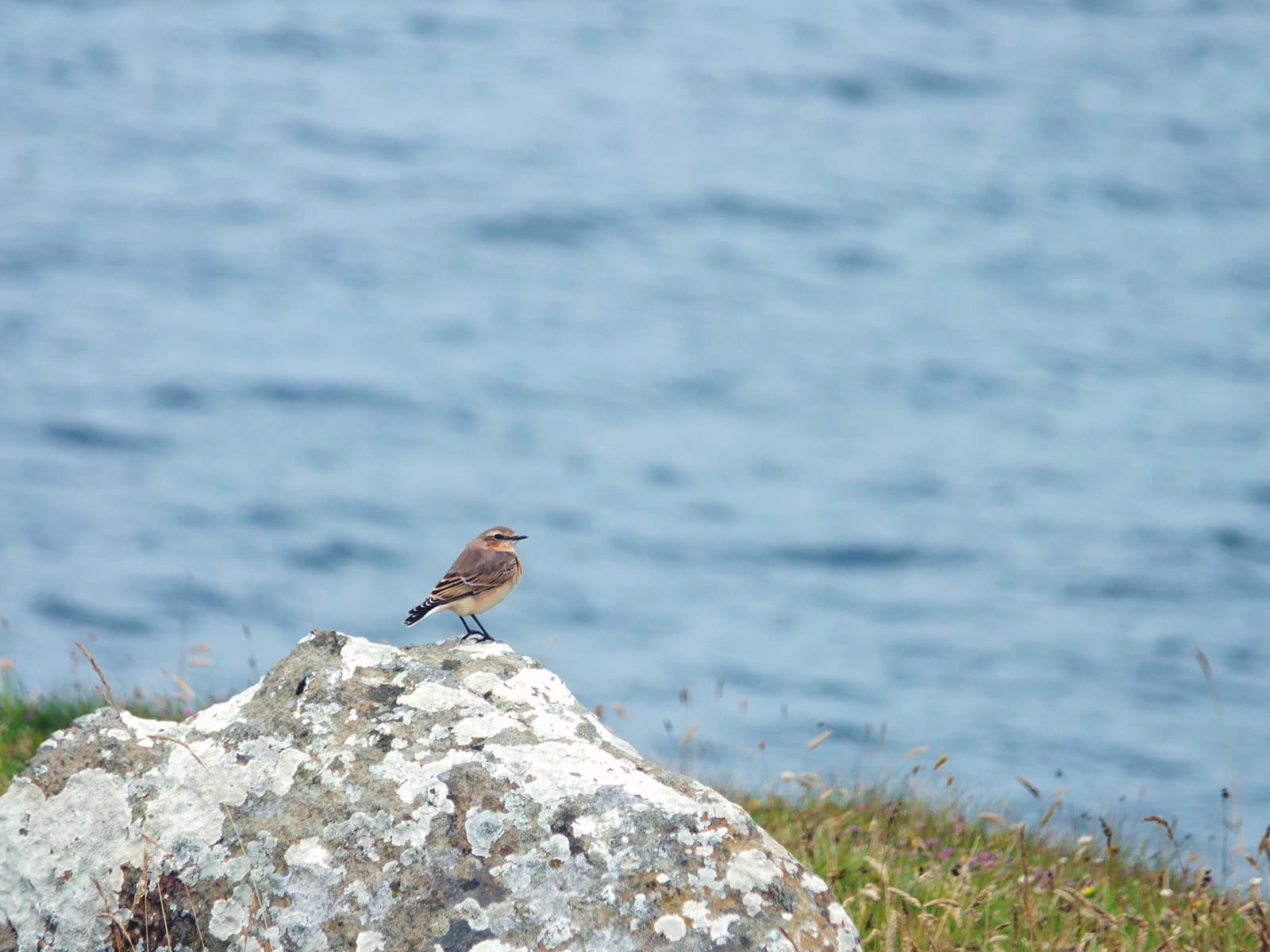
Birdwatching in Fetlar
The only other human I saw on my hike was a socially-distanced twitcher visiting from down south. He was looking for a black-winged pratincole, which was also visiting the island; the second sighting of this species in Shetland ever (the first being in 1927).
I never saw it.
Other (slightly more regular) visitors to the island include the red-necked phalarope, a migratory wader that breeds in Fetlar. If you’re lucky, you might glimpse them from the RSPB hide at the Mire of Funzie or the nearby Loch of Funzie.
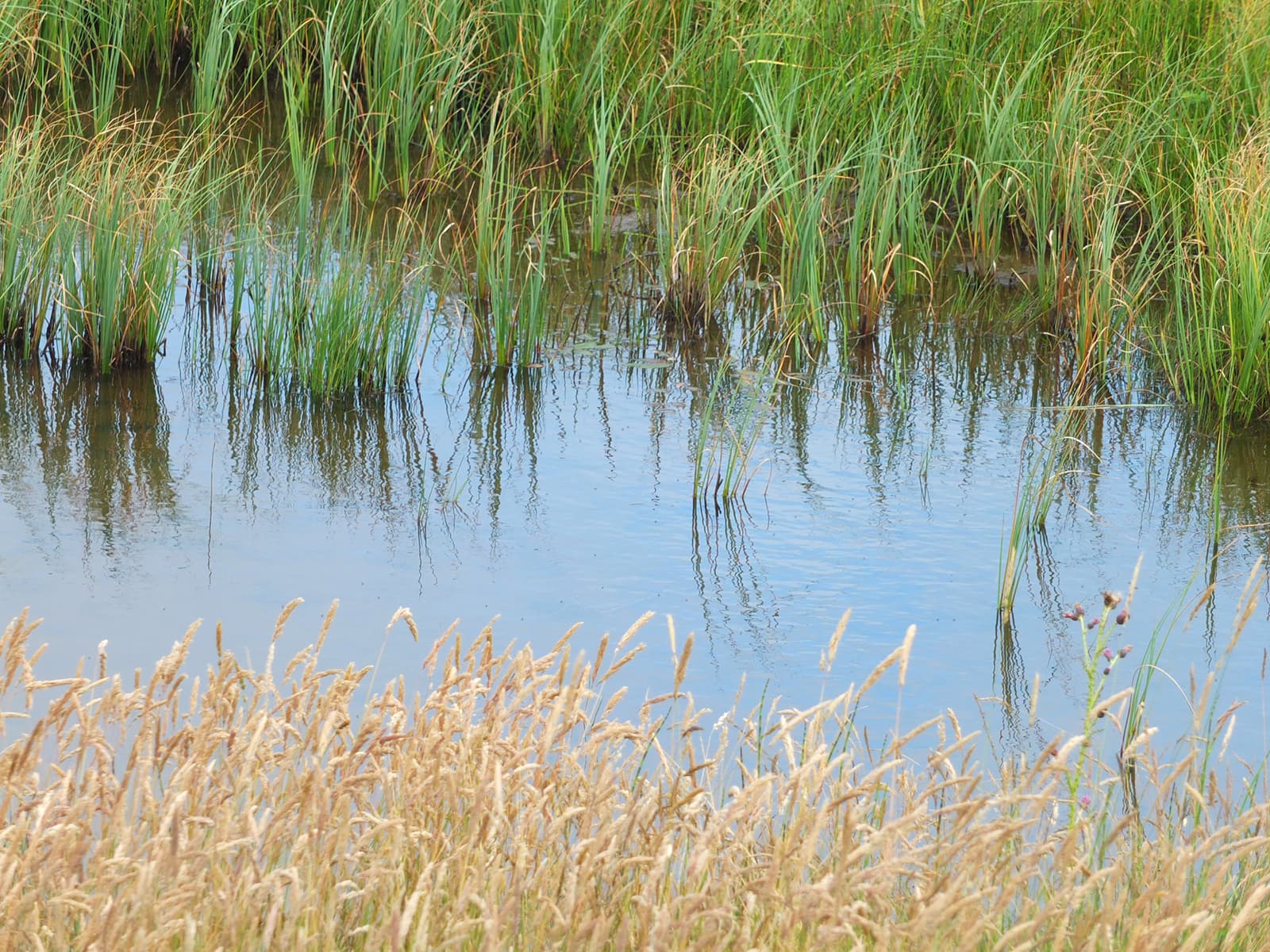
Empty. I’d missed them by a few weeks, again!
The first time I’d visited this loch I was on a guided walk of Funzie Ness by Graham Uney (mountaineer, a counter of birds and author of Walking on the Orkney and Shetland Isles (2016), and we’d just missed the red-necked phalaropes by a few days then too.
It’s worth checking the mires and the loch, though, if you happen to be passing by between mid/end of May and the first week of August. Their locations are marked by a bird icon on the Ordnance Survey map above.
That day I had to be content with a pair of red-throated divers and a few more dive-bombing tirricks.
Hiking in Shetland: Skill Levels
The hikes I go on tend to be more strenuous than a casual stroll through the park. They’re usually long, hilly, coastal and rather exposed to the elements. A reasonable level of fitness (and stubborn determination) is often required.
To help decide whether this hike is for you, I’ve graded my hikes into three categories: easy, moderate and challenging.
Easy
Reasonably flat with a well-defined path or markers.
Duration: 1-2 hours.
Moderate
May involve significant elevation changes. You may need to climb over a stile or two or pick your way across rough terrain. Take care along cliff edges.
Duration: at least half a day.
Challenging
A full day’s adventuring. Pack a rucksack with food and provisions, because you’re going out into the wild. There’s no path, except for the occasional sheep gait. Take extra care along cliff edges. You might want to bring a rope.
Duration: a full day
Hiking in Shetland – Things to Remember
- Always follow the Scottish Outdoor Access Code.
- Take layers, even in the summer. The weather can be changeable,
- Mobile signal isn’t always guaranteed on Fetlar, so bring a map and compass (and know how to use them!), just in case.
- Take care not to block track access for crofters when parking your vehicle.
- Make sure you close any gates you’ve opened. Use stiles, if available.
- Always let someone know where you’re going and what time you’re going to be expected back.
- For more information visit Shetland: a Guide to Outdoor Access.
Further reading
- Walking on the Orkney and Shetland Isles (2016) by Graham Uney (see walk #79, p.223).
- Walking the Coastline of Shetland No. 3: The Island of Fetlar (1991) by Peter Guy.
- Walking Shetland (2014) by Mary Walsh and Christine Isherwood
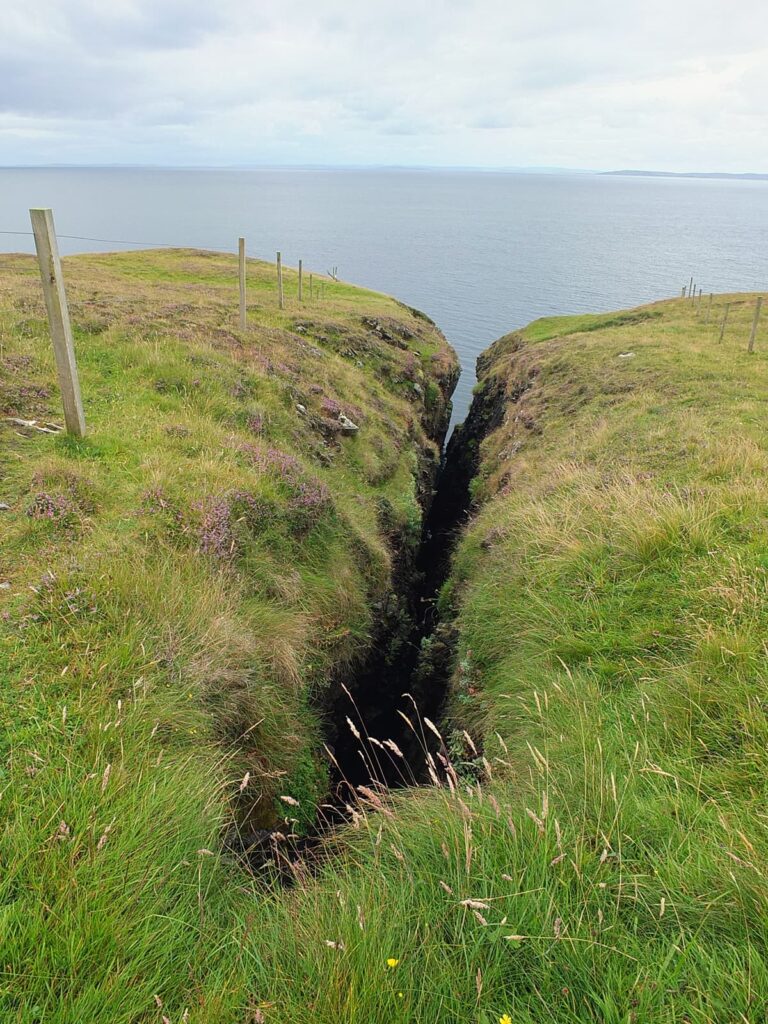
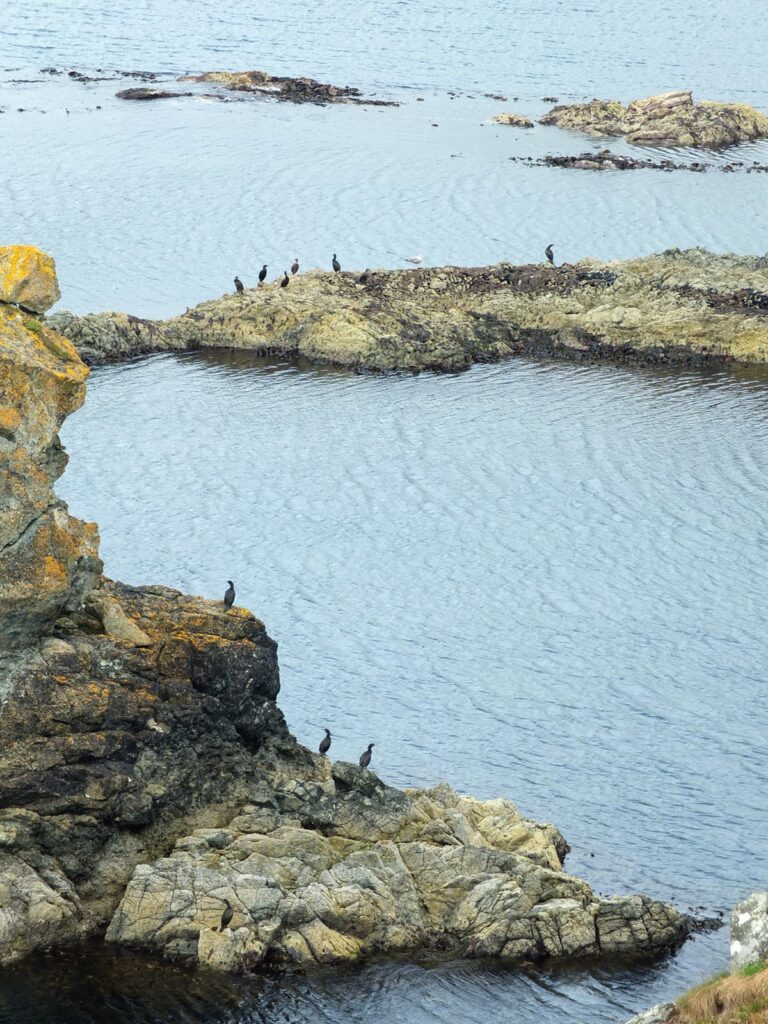
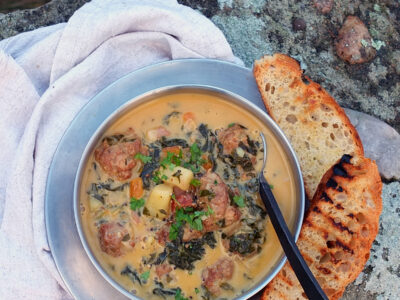
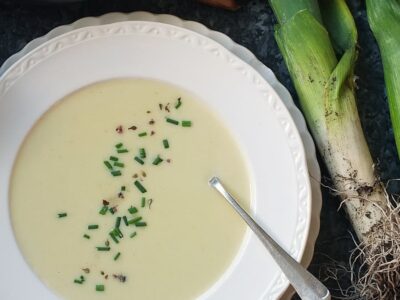

 Clean Greens – the Organic Superfood Blend from Rheal Superfoods
Clean Greens – the Organic Superfood Blend from Rheal Superfoods
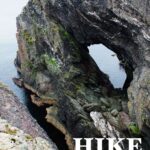
Leave a Reply